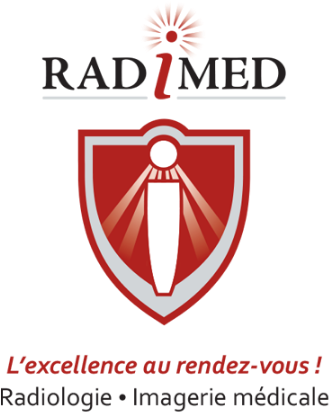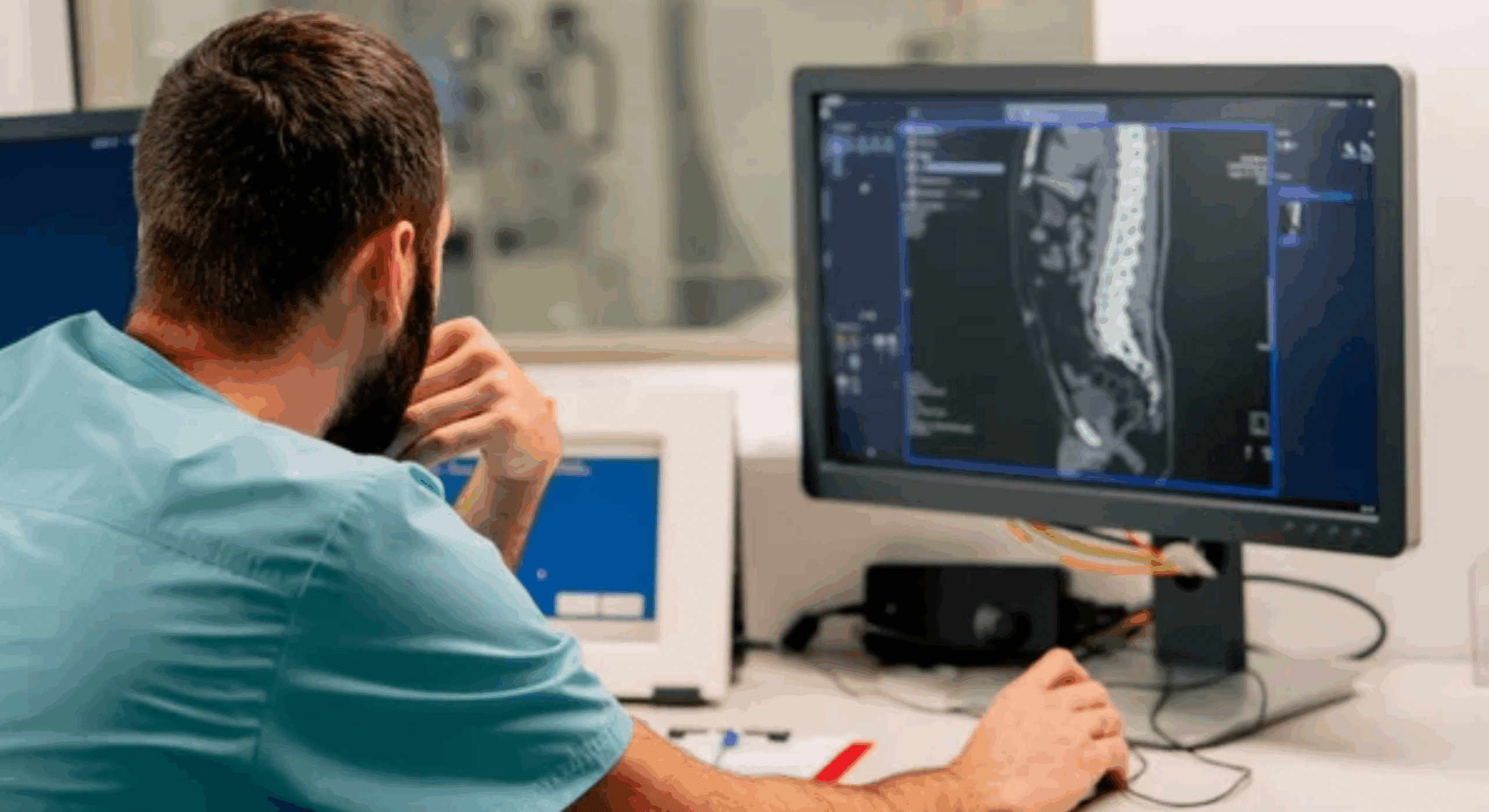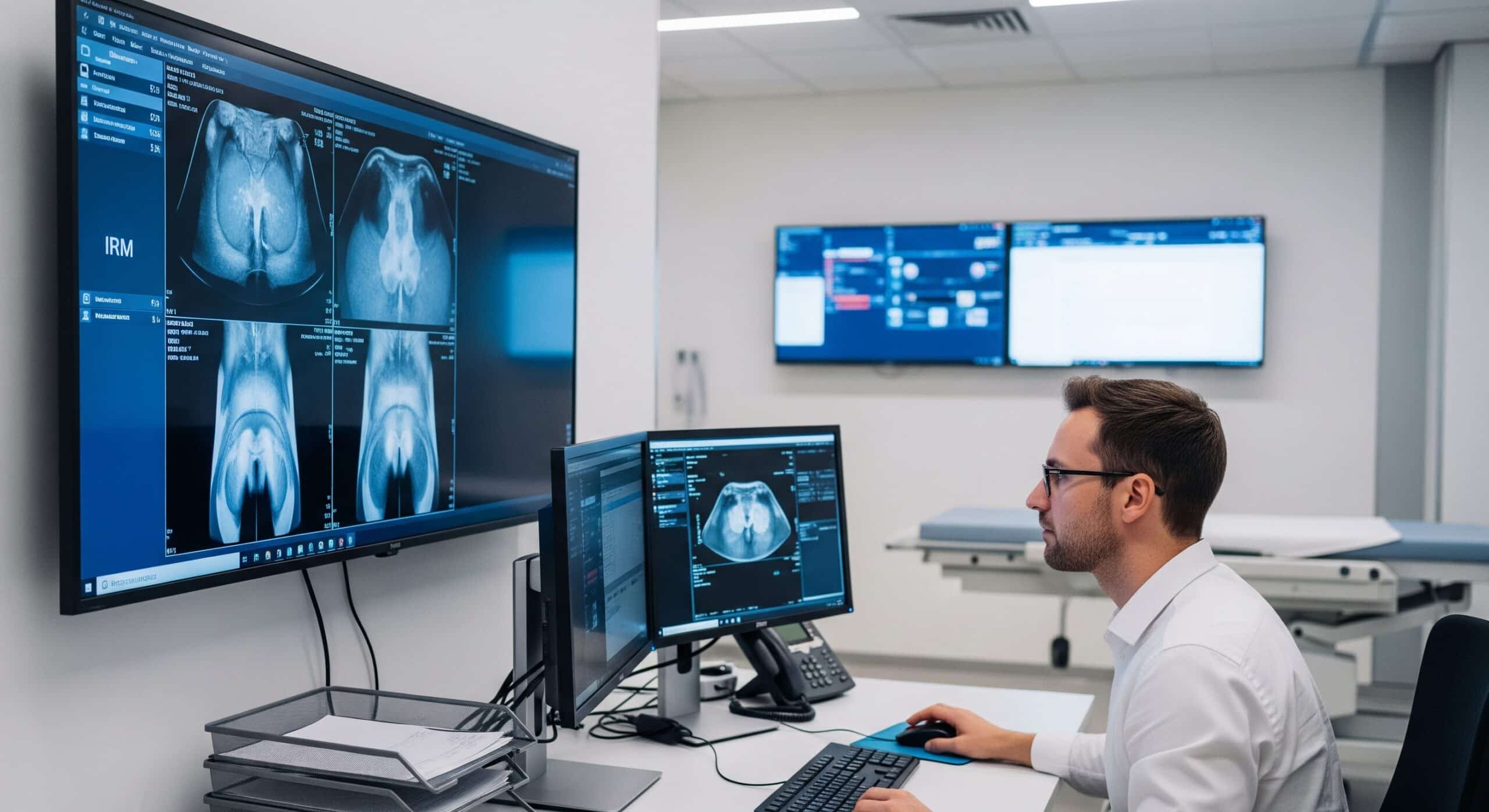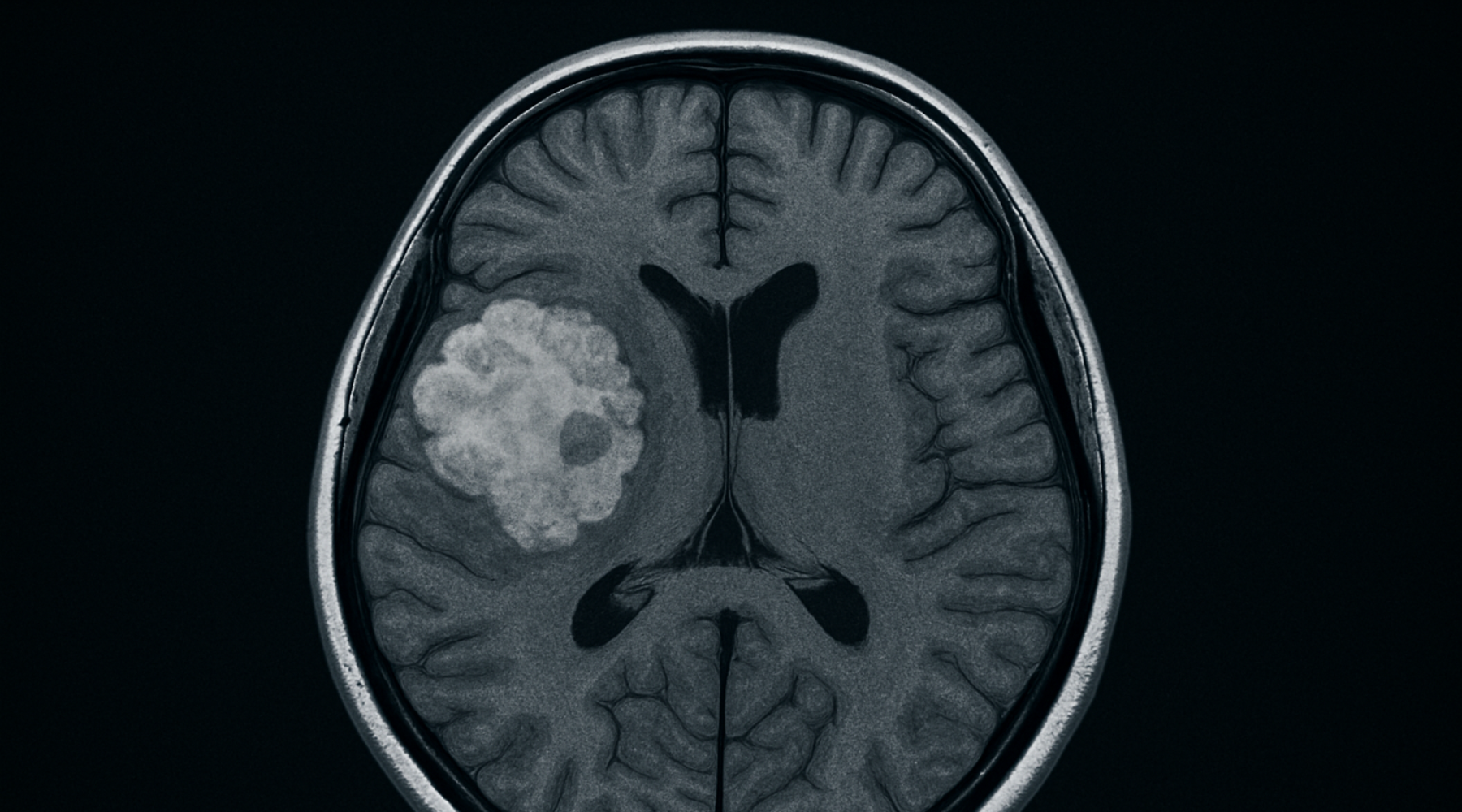Medical imaging plays a crucial role in the early detection of diseases, thus enabling faster and more effective patient care. Thanks to technological advances, it has become an essential tool for identifying pathologies even before the first clinical symptoms appear. Among the diseases where its impact is most significant, we find cancers, cardiovascular diseases and various neurological conditions.
An essential tool in cancer screening
Cancer is a leading cause of death in Canada, according to the Canadian Cancer Society based on historical trends: in 2000, there were 137,697 new cancer diagnoses, while by 2024, 247,100 cases are expected to be diagnosed in Canada. The prevalence of cancer has also continued to increase, and in 2018, more than 1.5 million people in Canada were living with or had survived a cancer diagnosis. Medical imaging can identify tumours at an early stage, helping guide treatment decisions and potentially improving outcomes.
• Mammography: Used to screen for breast cancer, it is recommended every two years for women aged 50 to 74 as part of the Quebec Breast Cancer Screening Program (PQDCS).
• Thoracic computed tomography (CT): Often considered for individuals at higher risk of lung cancer, such as smokers or former smokers, based on medical guidelines.
• MRI and ultrasound: Useful for assessing tumours in various organs (liver, prostate, brain, etc.).
Imaging for cardiovascular diseases
Cardiovascular disease is the second leading cause of death in Canada. Medical imaging helps diagnose conditions such as atherosclerosis, aneurysms and coronary artery disease at an early stage.
• Cardiac ultrasound: a technique that assesses the structure and function of the heart.
• Coronary angiography: an advanced technique used to visualize the arteries of the heart and detect blockages.
• Cardiac MRI: provides a detailed view of heart tissue and assesses potential post-infarction damage.
A major advance in the diagnosis of neurological diseases
Medical imaging is also essential in the diagnosis of neurological diseases such as stroke, multiple sclerosis or Alzheimer’s disease.
• Brain MRI: can help detect structural abnormalities of the brain at an early stage.
• Brain CT: useful in emergency situations to detect a hemorrhagic or ischemic stroke.
• Positron emission tomography (PET): may help identify signs of neurodegenerative diseases before symptoms appear.
Testimony of Anny, breast cancer survivor
In a testimonial published by ARC, a breast cancer patient explains: “It was thanks to a routine mammogram that my cancer was detected at an early stage. This rapid diagnosis allowed me to follow an effective treatment and increase my chances of recovery.”
Conclusion
Medical imaging is an essential ally in the early detection of many diseases. By enabling rapid and accurate diagnosis, it contributes to early detection, which can play a role in patient management and outcomes. Its integration into screening and monitoring programs is essential for optimal patient care in Quebec and Canada.
Sources :
Canadian Cancer Society
Quebec Cancer Foundation
ARC Foundation
Quebec Breast Cancer Screening Program (PQDCS)







